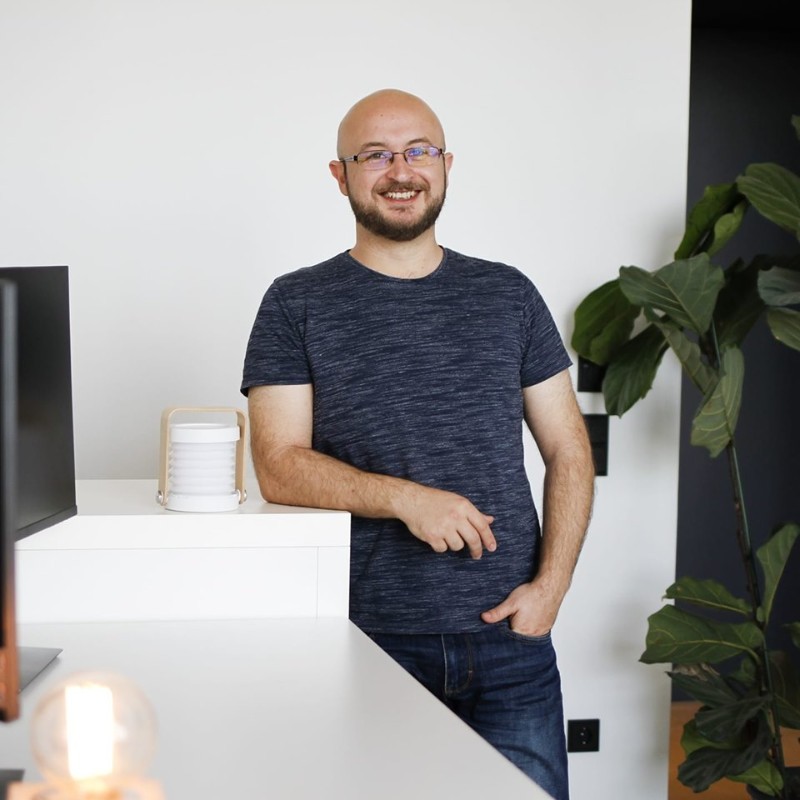
Ollama: Run Open-Source AI Models Locally with Ease

Theodoros Dimitriou
August 7, 2025 • 5 min read • Technology & Science

🤖 Ollama: Run Open-Source AI Models Locally with Ease
Artificial intelligence is evolving at lightning speed—but most tools are locked behind paywalls, cloud APIs, or privacy trade-offs.
What if you could run your own AI models locally, without sending your data to the cloud?
Meet Ollama: a powerful, elegant solution for running open-source large language models (LLMs) entirely on your own machine—no subscriptions, no internet required after setup, and complete control over your data.
🧠 What is Ollama?
Ollama is an open-source tool designed to make it simple and fast to run language models locally. Think of it like Docker, but for AI models.
You can install Ollama, pull a model like llama2, mistral, or qwen, and run it directly from your terminal. No APIs, no cloud. Just raw AI power on your laptop or workstation.
Key Features
- CPU and GPU acceleration
- Cross-platform support: Mac (Intel & M1/M2), Windows, and Linux
- Various model formats like GGUF
- Multiple open-source LLMs from the Hugging Face ecosystem and beyond
🚀 Why Use Ollama?
Here's what makes Ollama a standout choice for developers, researchers, and AI tinkerers:
🔐 Privacy First
Your prompts, code, and data stay on your machine. Ideal for working on sensitive projects or client code.
🧩 Easy Model Management
Pull models like mistral, llama2, or codellama with a single command. Swap them out instantly.
ollama pull mistral⚙️ Zero Setup Complexity
No need to build LLMs from scratch, or configure dozens of dependencies. Just install Ollama, pull a model, and you're ready to chat.
🌐 Offline Ready
After the initial model download, Ollama works completely offline—perfect for travel, remote locations, or secure environments.
💸 100% Free and Open Source
Ollama is free to use, and most supported models are open-source and commercially usable (but always double-check licensing).
🛠️ How to Get Started
Here's a quick setup to get Ollama running on your machine:
1. Install Ollama
Download and install from ollama.com:
- macOS:
.dmginstaller orbrew install ollama - Windows:
.exeinstaller - Linux:
.debor.rpmpackages
Requirements: Docker (on some platforms) and at least 8–16GB of RAM for smooth usage.
2. Pull a Model
ollama pull qwen:7bThis fetches a 7B parameter model called Qwen, great for code generation and general use.
3. Start Chatting
ollama run qwen:7bYou'll be dropped into a simple terminal interface where you can chat with the model.
🧪 Popular Models Available in Ollama
| Model Name | Description |
|---|---|
llama2:7b |
Meta's general-purpose LLM |
mistral:7b |
Fast and lightweight, great for QA |
qwen:7b |
Tuned for coding tasks |
codellama:7b |
Built for code generation |
wizardcoder |
Excellent for software engineering use |
Pro Tip: You can also create your own models or fine-tuned versions and run them via Ollama's custom model support.
🧠 Advanced Use Cases
🔁 App Integration
Ollama exposes a local API you can use in scripts or apps.
🧪 Prompt Engineering Playground
Try different prompt styles and see instant results.
📦 Bolt.AI Integration
Use Ollama as the backend for visual AI coding tools like BoltAI.
❓ Common Questions
Is Ollama suitable for production use?
Ollama is great for development, testing, prototyping, and offline tools. For high-load production services, you may want dedicated inference servers or fine-tuned performance setups.
Can I use it without a GPU?
Yes! Models will run on CPU, though they'll be slower. Quantized models help reduce the computational load.
How much RAM do I need?
- 7B models: 8–16 GB minimum (CPU), 6–8 GB VRAM (GPU)
- 13–14B models: 24–32 GB RAM minimum
- Quantized versions: Reduce RAM needs dramatically
🌍 Join the Community
Want to learn more, ask questions, or share your setup?
- 💬 Discord - Chat with other users
- 🧪 GitHub Discussions - Ask questions and share ideas
- 🧰 GitHub Repository - Contribute to the project
🧭 Final Thoughts
Ollama is changing the way we interact with AI models. It puts real AI power back into the hands of developers, tinkerers, and builders—without relying on the cloud.
If you've ever wanted your own local ChatGPT or GitHub Copilot alternative that doesn't spy on your data or charge a subscription, Ollama is a must-try.
Ready to get started?
Stay tuned for my next post where I'll show how to pair Ollama with Bolt.AI to create a full-featured AI coding environment—completely local.
Share this post
Help others discover this content by sharing it on your favorite social networks!
Subscribe to my Newsletter
Stay informed with the latest updates and insights.

Theodoros Dimitriou
Senior Fullstack Developer
Thank you for reading my blog post! If you found it valuable, please consider sharing it with your network. Want to discuss your project or need web development help? Book a consultation with me, or maybe even buy me a coffee ☕️ with the links below. Your support goes well beyond a coffee drink. Its a motivator to keep writing and creating useful content.
You might also like
🐳 12 Years of Docker: Shipping Projects Anywhere
Reflecting on over a decade of using Docker containers to build, ship, and run projects seamlessly across environments. Why Docker remains my favorite tool for development, deployment, and AI workflows.
Container Server Nodes in Orbit: The Next Revolutionary Step?
My thoughts on a crazy idea that might change everything: 2,800 satellite server nodes as the first step in a new global computing market from space.
The humanoid Robot Revolution is Real and it begins now.
From factory floors to family rooms, humanoid robots are crossing the threshold—driven by home‑first design, safe tendon-driven hardware, and learning loops that feed AGI ambitions.
The first time the AI won the humans and a championship.
In 1997, IBM's Deep Blue defeated Garry Kasparov in chess—the first time an AI beat the reigning world champion in match play. Here's a comprehensive timeline of AI's most important milestones from that historic moment to 2025, including George Delaportas's pioneering GANN framework from 2006.